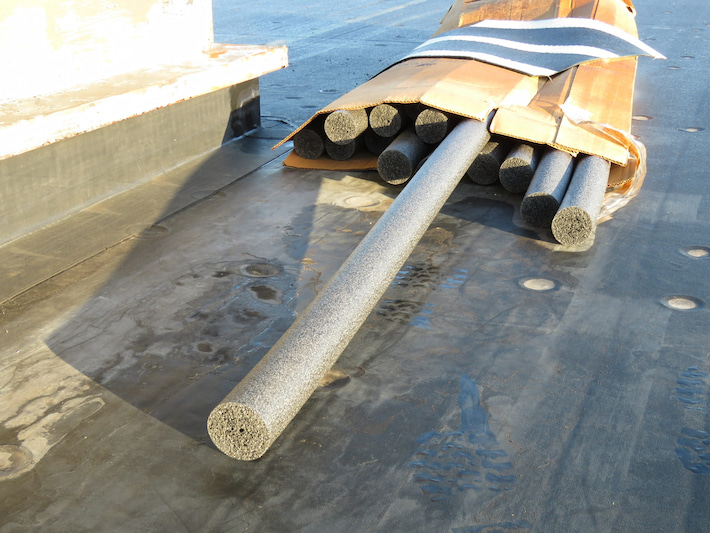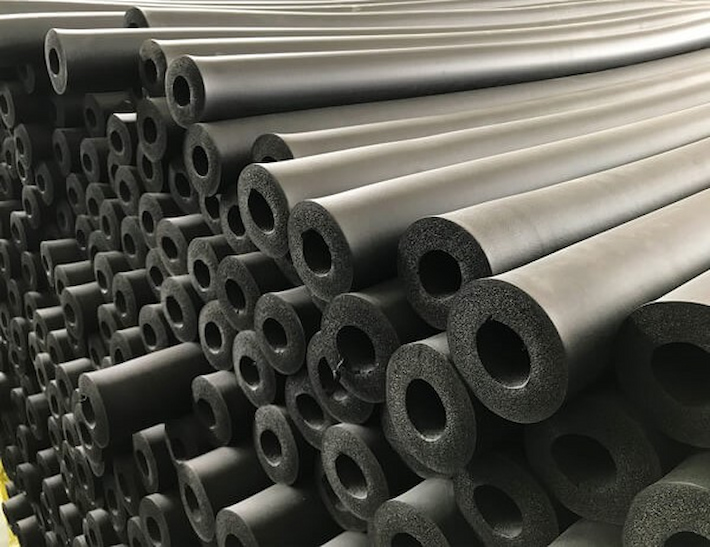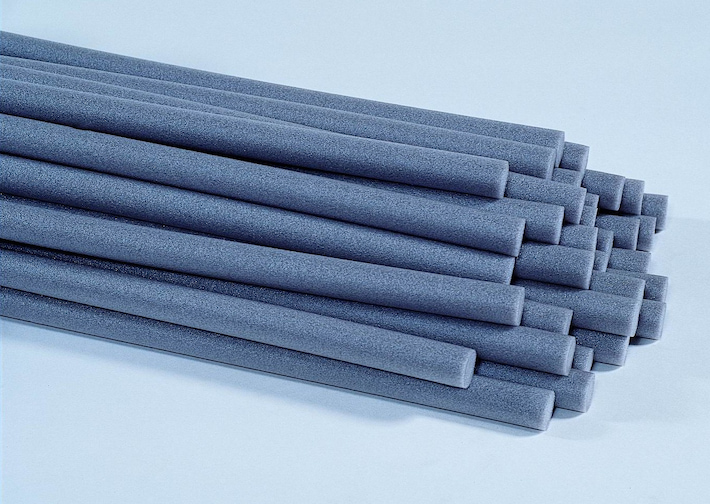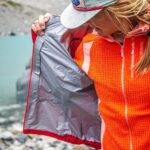Backing rods are a crucial backup part in the installation of field-moulded sealants and caulks for cracks, grooves, voids, joints and gaps. They’re rod-like pieces of equipment that are available in a wide range of shapes, sizes and cellular structures. Foam backing rods are the most commonly used type of backing rod in different construction applications, and are generally installed before caulks and sealants to serve a specific purpose. What may that purpose be? Keep reading to find out!
Purposes of Backing Rods

Replacing the Need to Use More Caulk or Sealant
Backing rods reduce the amount of caulk or sealant needed to be used, thus reducing the overall cost of the project. Filling an entire depth of the joint is not only expensive, but also inefficient, impractical and bad for performance. That being said, when the depth of the joint goes over the requirements, the user uses a backing rod to reduce the amount of caulk or sealant used. Generally, the depth requirements are related to the shape factor requirements, which helps in improving the performance of the sealing system and reducing its cost.
Controlling the Shape of Sealant or Caulk
The shape factor is arguably the most important factor to consider when applying caulk or sealant. Generally, the ideal depth-to-width ratio is 1:2, meaning the depth should be half the width. Otherwise, the material can manifest extra strains. For instance, a 2:1 or 1:1 shape factor can increase the tensile strain 2 and 3 times, and the compression strain 3 and 12.5 times that of 1:2. That being said, a foam backer rod can control the depth, and hence, the shape factor.
Facilitate Tooling
Backer rods can help achieve the ideal shape of the caulk or sealant. This is most emphasised at the back end, for instance, in butt joints, where the ideal shape is a horizontal hourglass. The top part can be accomplished by tooling, whereas the backend part can only be accomplished by the shape of the backer rod.
Providing Support
As mentioned already, backer rods provide support for caulking and sealant materials, and prevent sagging to the bottom of the joint, as well as support it in applications where high point loads or highly concentrated loads are present. For instance, joints in concrete sidewalks can be exposed to concentrated loads, which requires the use of dense backer rods to support and prevent sealant failure, losing its adhesion and sinking into the joint.
Types of Backer Rods
Backer rods are classified into different categories based on intended use, and internal cellular structure. The more important categorisation that I’ll discuss is the internal cellular structure, which can be either open, closed or bi-cellular.
Open Cellular Structure

Rods with an open cellular structure are practically sponge-like rods, typically made of polyurethane foam that’s capable of absorbing gas and water, and don’t have a surface skin. They’re characterised as low density, high flexibility and ease of compression. As a result, this type of foam rod shouldn’t be used where the absorption can impact the performance of the sealant. That being said, the application of open cellular structure rods is limited to vertical applications where moisture is not of concern.
Closed Cellular Structure

Closed cellular structure rods don’t absorb water and gas, and are moderately compressible. They’re generally made of crosslinked or standard polyurethane, but can also be made of butyl, neoprene and EPDM. The key difference between crosslinked and standard polyethylene is that crosslinked polyethylene is easier to compress and is capable of withstanding higher temperatures. This is why standard polyethylene is typically limited to cold-applied sealant applications.
Still, closed cellular backer rods are used in horizontal and vertical applications, even where moisture is present. However, due to the fact that they’re moderately compressible, they’re usually used for joints with a uniform width and have negligible differentials, but are preferred in applications with concentrated loads.
Bi-Cellular Structure
These rods are a combination of the aforementioned types, generally made of polyolefin or polyethylene. The inner part consists of an open cellular structure, and the outer part consists of a crosslinked closed cellular structure, forming the surface skin. That being said, it has the characteristics of both open and closed types, but it’s important to know that end punctures can intrude moisture. For that reason, this type of rod is used in both vertical and horizontal applications where moisture is a concern. It’s most suitable in applications where the substrate has a high surface roughness, like an exposed aggregate, or in applications where the joint width isn’t uniform and features slight differentiations.
Installing a Backer Rod
Backing rods are installed by pressing them into the joint to the wanted depth. However, there are also some insertion tools you can use that facilitate the process and make it easy to achieve a uniform depth. Make sure you select the right backing rod for the application, though.



